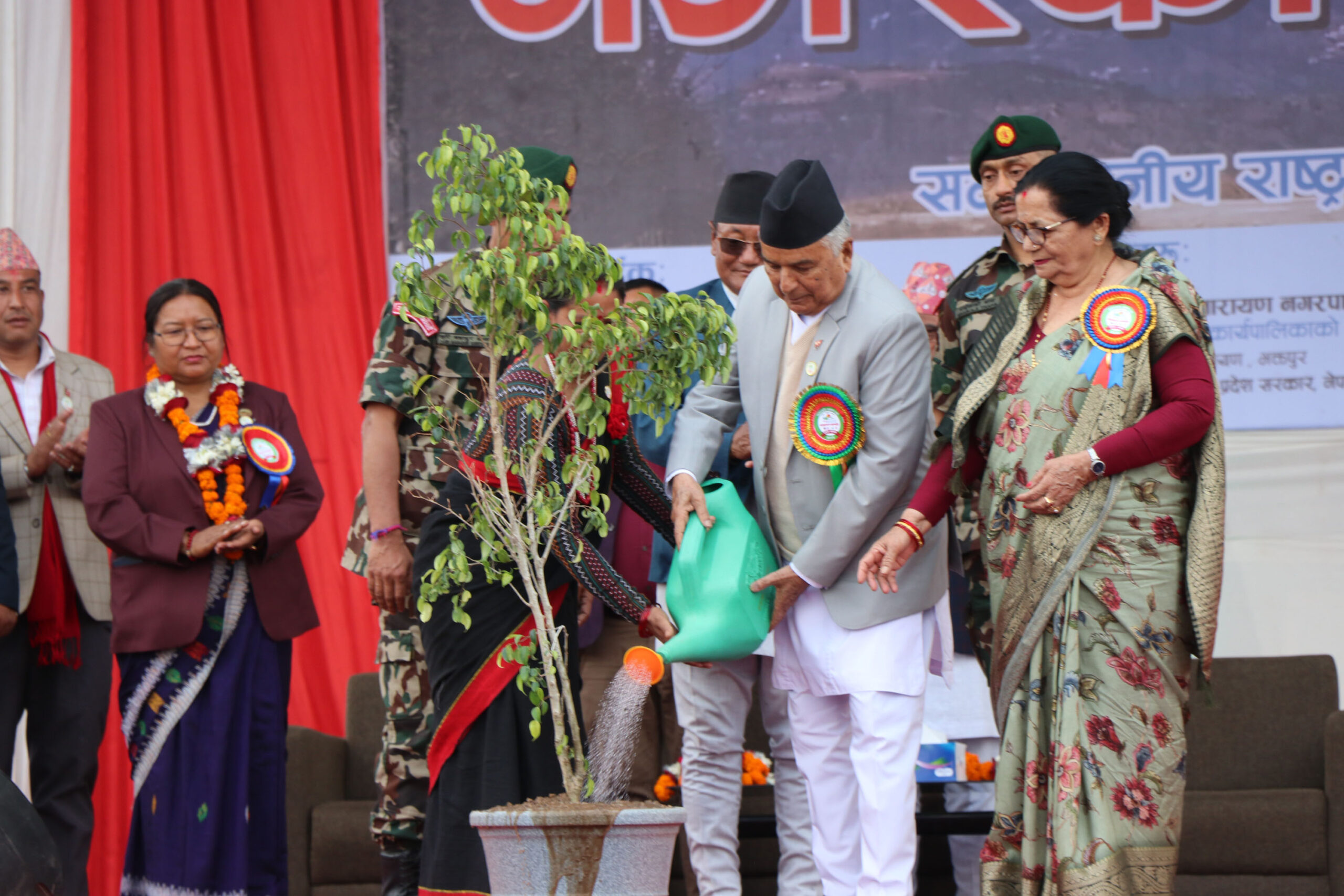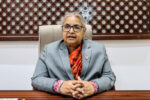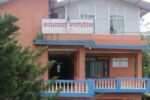BHAKTAPUR: President Ramchandra Paudel has stressed the need to improve Nepal’s economy by breaking the cycle of low economic growth and strengthening the federal democratic republic.
Speaking at the inauguration of “Nagarkot Visit Year 2082” held at Batasé Hill in Nagarkot today, President Paudel stated that it is a collective responsibility to reinforce the federal democratic system and fulfill the Nepali people’s aspiration for rapid development.
“Tourism, agriculture, water resources, energy, information technology, and industry are the backbone of our economy,” he said. “It is the state’s primary duty to resolve challenges in these sectors, formulate appropriate policies and laws, and create new opportunities. We must generate employment, build an investment-friendly environment, reduce production costs, and promote competitiveness to advance industrialization.”
He urged all stakeholders to contribute towards breaking out of the low-growth cycle and moving the economy forward, which would ultimately help in strengthening the federal democratic republic and fulfilling development goals.
Highlighting the importance of cultural, historical, and religious heritage in economic transformation, President Paudel called for infrastructure development and skill enhancement.
He noted Nagarkot’s unique character, natural beauty, and cultural richness offer immense potential to establish tourism as a key source of income and prosperity in both national and international markets.
“To ensure equitable distribution of tourism benefits, we must commercialize tourism products,” he said. “Developing, marketing, and making them accessible is essential to transform Nepal into a premier tourist destination.”
He described Nagarkot as a favored retreat for those seeking a break from Kathmandu’s hustle, calling it a proud destination due to its natural, cultural, historical, and geographical appeal.
“It has helped raise Nepal’s profile as a travel destination,” he added. “To further modernize and enhance facilities, greater collaboration is needed among local residents, entrepreneurs, tourism professionals, and all four municipalities in the region.”
He highlighted the area’s appeal, including Himalayan views, sunrise and sunset scenes, and proximity to major cultural sites like the UNESCO-listed Changunarayan Temple, Mahadev Pokhari, Manjushree Cave, Bhangeri, Putali Durbar, the historic Shalinadi River, Bajrayogini Temple, and Sankhu bazaar.
He noted these places, along with expanding trekking routes, have boosted Nagarkot’s tourism activity.
President Paudel appreciated the joint initiative of the four municipalities in promoting their heritage and called for road upgrades to improve tourism infrastructure and connectivity.
He expressed confidence that Nagarkot Visit Year would contribute to national economic prosperity by capitalizing on tourism as a key driver of development.









Comment